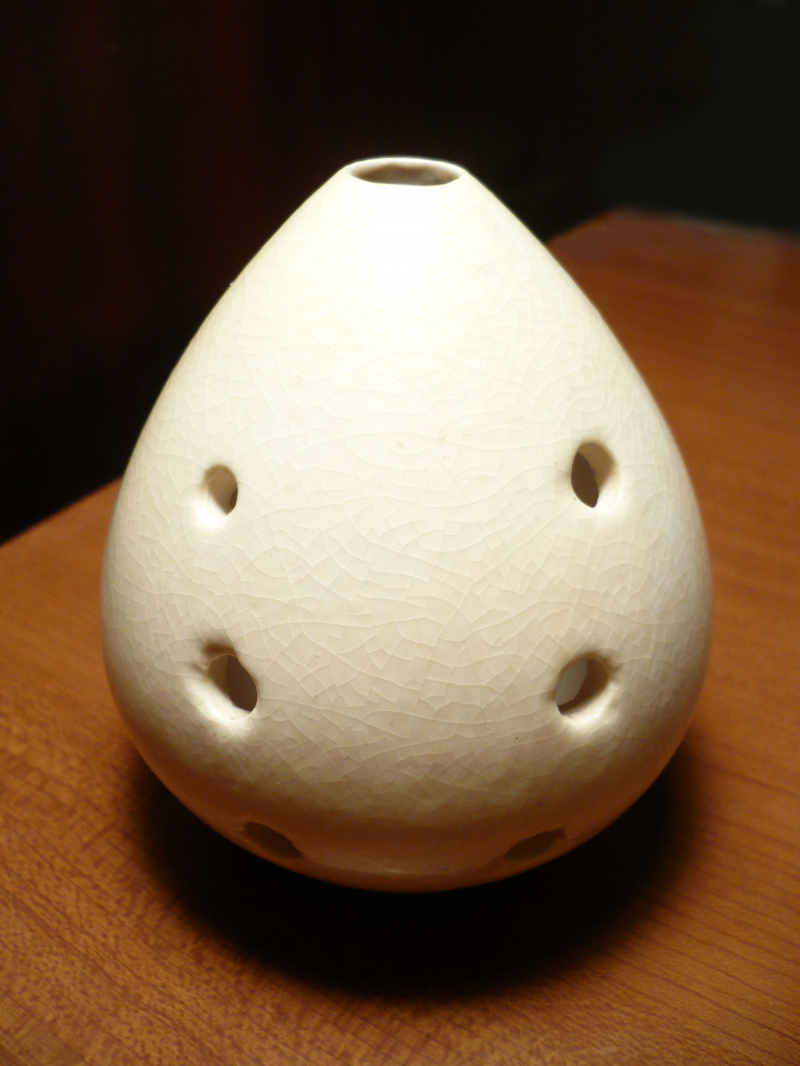Xun
The xun, a sort of vessel flute with an estimated age of more than 7,000 years, is one of the earliest-known ancient Chinese musical instruments. The xun, according to historians, was one of the most well-liked musical instruments at the period.
The xun frequently included animal representations and was typically made of earthenware clay. It was made into the shape of an egg with a flat bottom and several finger holes along its body, providing a one-octave range. The upper mouthpiece could be blown across to create sound by the player.
Archaeological sites across China have uncovered examples of the xun, with some of the later discoveries having been fashioned to resemble fruits or fish. Over the years, some of the more beautifully decorated xun were produced, and today, there are many priceless examples in both public and private collections.
The xun, a side-held flute primarily made of bamboo that was frequently played in conjunction with the chi, is mentioned in ancient sources. It was typically used by musicians as part of a traditional ritual ensemble. The xun has recently seen a rebirth after being used often up to around a century ago. Some modern Chinese orchestras still utilize a variant with nine holes.














